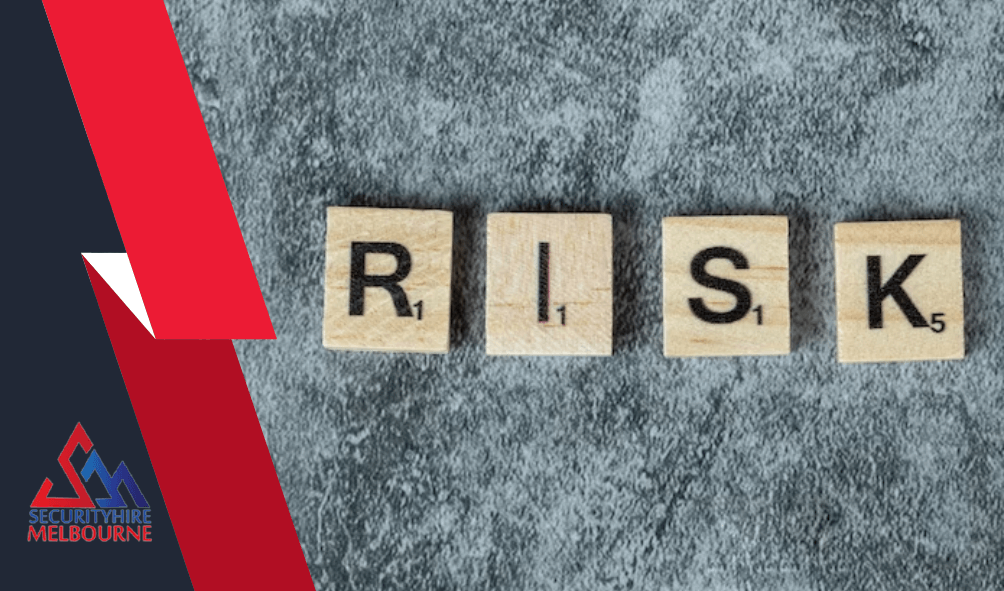In today’s interconnected digital world, the importance of safeguarding sensitive information and protecting assets from various threats has become paramount. Risk assessment security in Melbourne plays a critical role in identifying, evaluating, and mitigating potential risks to ensure the overall security of an organization. Our aim is to provide the concept of risk assessment security and shed light on how it works to create a robust security framework.
Risk Assessment Security in Melbourne
Security Hire Melbourne involves the systematic process of identifying, analyzing, and evaluating potential risks to an organization’s information systems, infrastructure, and data. It helps in understanding the vulnerabilities and threats that can compromise the confidentiality, integrity, and availability of critical assets. By conducting a comprehensive risk assessment, organizations can prioritize and implement appropriate security measures to mitigate identified risks effectively.
Risk Assessment Process
- Identify Assets: The first step is to identify and classify the organization’s assets, such as data, systems, hardware, software, and personnel.
- Identify Threats: Once the assets are identified, potential threats to those assets are assessed. These threats can include malicious attacks, natural disasters, human error, or technological failures.
- Assess Vulnerabilities: An evaluation is conducted to identify vulnerabilities or weaknesses in the organization’s systems or processes that could be exploited by threats.
- Determine the Likelihood and Impact: The likelihood of each threat occurring and its potential impact on the organization is evaluated. This step helps prioritize risks based on their severity.
- Risk Analysis: Risk analysis involves assessing the combined likelihood and impact of identified risks. It provides a quantitative or qualitative measurement of the risk level associated with each threat.
- Risk Treatment: In this step, organizations develop risk mitigation strategies to reduce the identified risks. This may involve implementing security controls, developing incident response plans, or transferring the risk through insurance.
- Monitoring and Review: Risk assessment is an ongoing process. Regular monitoring and review of the implemented security measures help ensure their effectiveness and identify new or evolving risks.
Benefits of Risk Assessment Security
- Implementing risk assessment security brings several significant benefits to organizations.
- Proactive Risk Management: Risk assessment security allows organizations to take a proactive approach to risk management by identifying and addressing potential threats before they cause significant damage.
- Resource Optimization: By prioritizing risks based on their likelihood and impact, organizations can allocate resources more efficiently and effectively to mitigate high-priority risks.
- Compliance and Regulatory Requirements: Risk assessments help organizations meet compliance and regulatory requirements by identifying vulnerabilities and implementing necessary controls.
- Enhanced Decision Making: With a comprehensive understanding of risks, organizations can make informed decisions regarding security investments and allocate resources accordingly.
Risk assessment security in Melbourne is a crucial component of a robust security strategy, enabling organizations to identify potential risks and develop appropriate mitigation strategies. By following a systematic risk assessment process, organizations can stay one step ahead of emerging threats, protect their valuable assets, and maintain a secure operating environment. Embracing risk assessment security not only enhances an organization’s security posture but also builds trust with stakeholders and customers who rely on the protection of their sensitive information.

